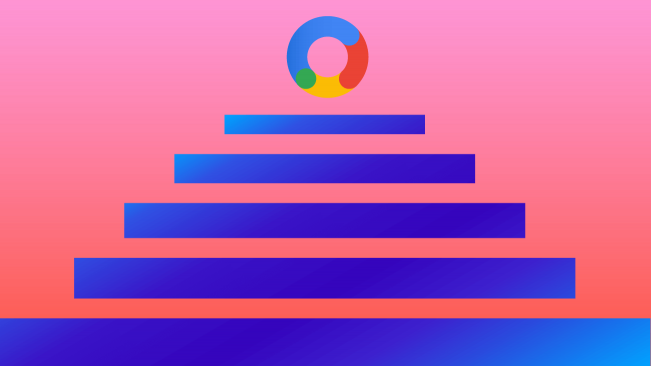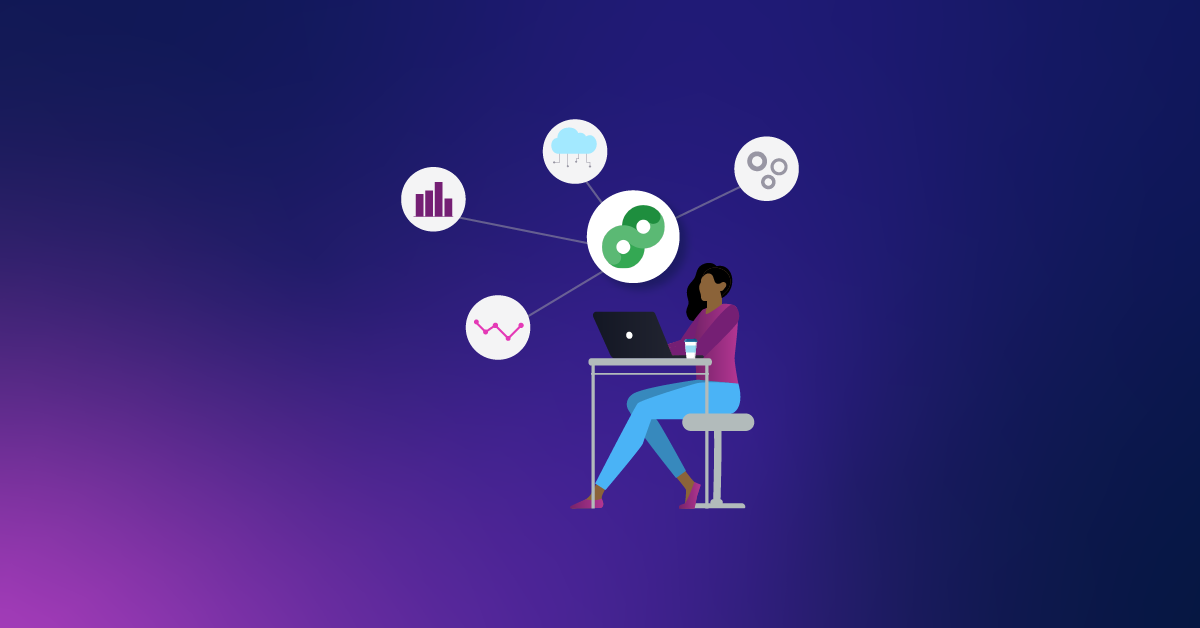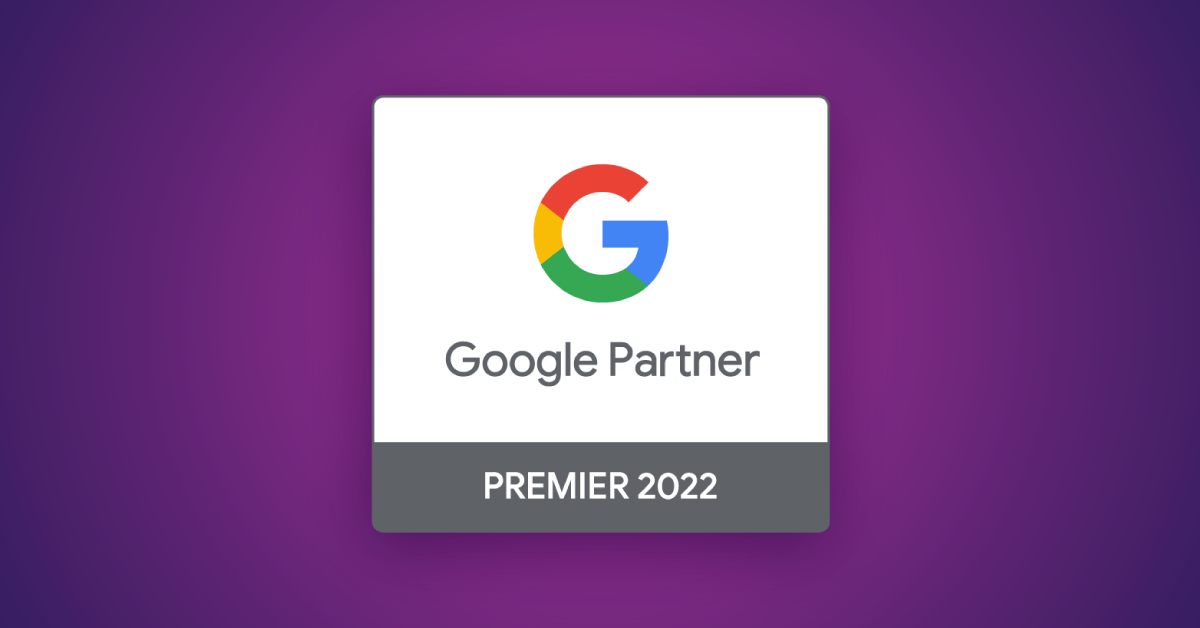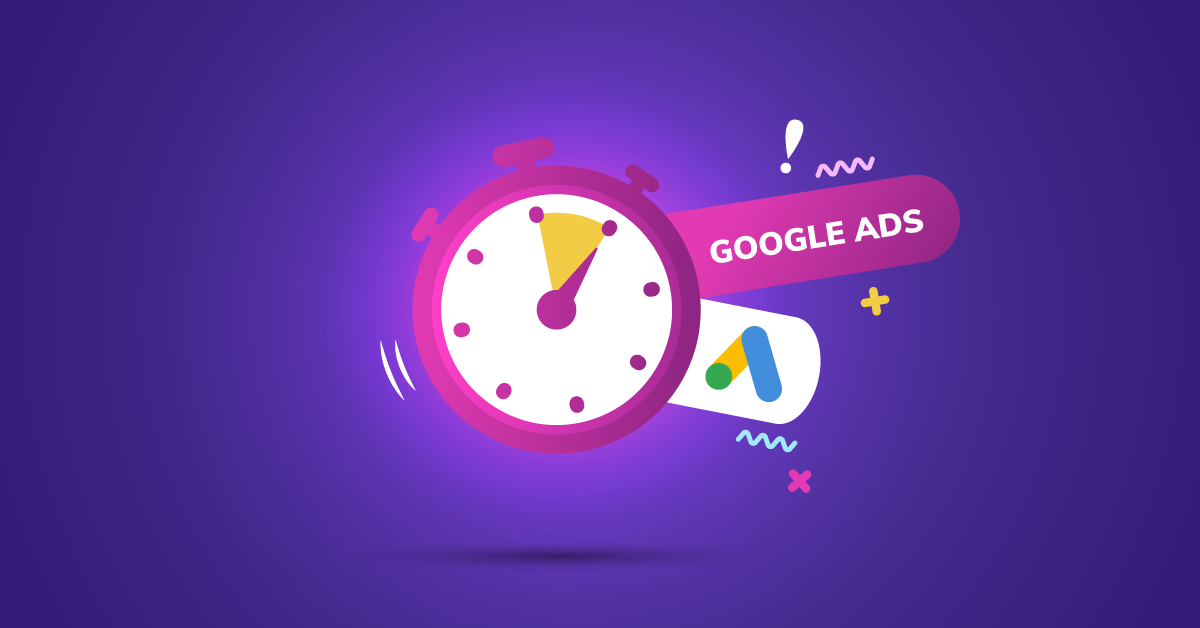When to Graduate from Google Ads to Display & Video 360?

We all know Google Ads. It’s an old friend and we love most things about it. One of these days, we might even stop calling it AdWords. But here is a common question we get from advertisers:
How do you know when you have outgrown Google Ads?
That’s not to imply there is anything wrong with it. Virtually every Bounteous client includes Google Ads in some portion of their marketing mix, whether it be search, display or video. The more common question is how best to deploy ads in ways that can be scaled for reach and efficiency. This post will help you ask the right questions to find the answer for you and your company.
Only looking for a dollar amount? Skip to the last section. For everyone else, let’s make sure we are on the same page.
What is the Google Marketing Platform?
We introduced the Google Marketing Platform (GMP) in this post after Google announced it in June 2018. Here’s a quick GMP summary:
Designed for enterprises, Google Marketing Platform provides a solution to the age-old problem of having too many tools across too many platforms — and each of them locked in a silo that cannot talk to the others. Centered around the immense reporting power of Google Analytics 360, the platform connects many distinct tools together to:
- Share data seamlessly;
- Personalize, test, and advertise instantly;
- Generate results consistently.
Along with our integrated analytics and marketing strategy services, these interconnected tools can help you better understand your customers and their behavior, as well as increase your ability to easily use data to make informed decisions and better plan your investments.
Some of the tools available through Google Marketing Platform might already be familiar to you if you are a current Google Analytics user. But the key to Google Marketing Platform tools are their ability to not only talk to each other, but to help you communicate findings and solutions company-wide.
Bounteous recorded a webinar on how to get value from the GMP. Download it by following the link to the Zoom page. We have another free webinar (register here) coming up on May 8th that will cover:
Smarter Ad Serving with Google Campaign Manager
- Streamlining trafficking workflows for faster campaign launches
- Click & Impression tracking for site-served creatives
- Event tracking and audience segmentation with Floodlight tags
- Centralize online and offline campaign data for easy reporting
What is an Enterprise DSP?
A demand-side platform (DSP) is what advertisers use to programmatically buy or individually reserve a publisher’s ad inventory. While Google Ads is a DSP — you can buy search ad inventory on Google, display inventory on Google Display Network, and video inventory on YouTube — most would not consider it to be an enterprise DSP. For example, an enterprise DSP provides greater reach beyond Google’s ad networks, allow advertisers to reach additional ad networks, like Oath, reserve audio ad inventory on Spotify, or negotiate direct deals with ESPN.com. More benefits to follow, but reach is a clear differentiator between midsize and enterprise advertising solutions.
When is It Time to Graduate to Display & Video 360?
Short answer: my model suggests once your annual digital ad budget surpasses $250,000. Asterisk! Like everything in digital marketing, it comes down to value so please take a moment to understand how I define value and, ultimately, how I reach that (roughly) $250k breakpoint.
I categorize the value of moving from Google Ads to Google Marketing Platform in several ways:
1. Value From Premium Ad Reach.
Google Display & Video 360 (DV360) can access premium ad inventory on the largest ad networks on the web with dozens of ad formats, including audio, animated, interactive, etc.
2. Value From Mar- and Ad-Tech Integrations.
Native integrations between your DSP and analytics, site testing, and data platform allows audiences (for targeting) and conversions (for attribution) to flow seamlessly throughout your martech stack.
3. Value From Technology Efficiency.
Boston Consulting Group found that an enterprise DSP made ad buyers 29% more efficient. Shameless plug: If you’re new to this space, Bounteous offers a 101 and 201 media training.
4. Value From Attribution
Now you can move to measuring who SAW your ads, not just those that clicked. Are you ready to calculate value at the impression level? Impression-level data pumps new life into your data collection and enables advanced modeling. Data-driven attribution in GA360 anyone?
My simple cost-benefit calculator includes setup/ongoing fees along with (very!) conservative efficiency estimates. Here are some of the inputs:
Adding Value:
- Estimated efficiency from enterprise ad tech
- Included training and technical support
- Estimated lift from platform integrations
- Consulting time included with platforms
Subtracting Costs:
- Ad tech setup costs
- Ad platform fees
- Ad platform service and support fees
Curious to dig a bit deeper? Let’s chat and I’ll put your budgets into the calculator so you can begin your graduation planning.


